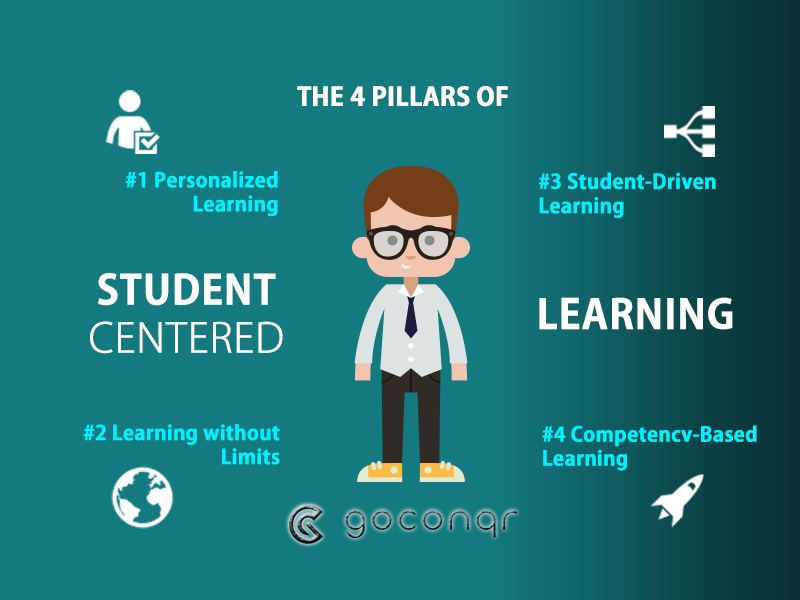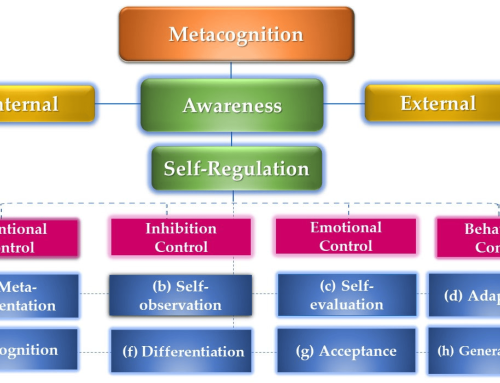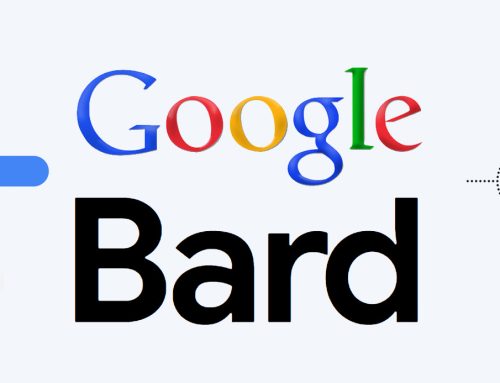STUDENT-CENTERED LEARNING
Student centered learning is a philosophy of education designed to meet the needs of individual students.
Student-centered learning means inverting the traditional teacher-centered understanding of the learning process and putting students at the center of the learning process.

A chalkboard, a desk. The homework, the books, the day begins and ends when the bells ring for centuries. Now this has defined what all of us think about school.
We have come to believe that this is the one way that students will learn. And with that belief, we have taught all of our students in pretty much the exact same.
But the world has changed and what it means to be ready to succeed in the future has also changed. That means our model of learning must change.
In the audio below learn how student-centered learning works.
It’s happening now and it needs to happen even more in more places for all students, especially for those for whom the current system isn’t working. There is strong data that shows we need to rethink.
Like remodeling a house. We’re not just adding a new coat of paint. We’re updating the outdated parts and making it more modern and efficient. Strengthening what works and fixing what doesn’t.
Gone are the days when some students can excel and others just get by. Our society needs all kids to excel at high levels and to make this happen, we need to engage our students like never before.
This is student-centered Learning. It incorporates the students’ skills and interests into the learning process, making the experience more personalized and involving the student in his or her own future.
What makes this?
There are four key principles of student-centered learning.
Number one, learning is personalized.
Personalized learning happens when teachers know students have strong relationships with them and can meet students where they are in their development.
Number two, learning is competency-based.
Learning is about the information and skills a student has mastered, not just moving through a curriculum.
In a competency-based system, students can proceed at their own pace in every subject, enabling teachers to respond to individual needs, interests, and challenges.
Number three, learning happens anytime, anywhere.
Students will often make important discoveries about themselves and the world around them when they learn beyond the traditional school day and outside the traditional school walls. Learning doesn’t start and stop when the bells ring.
And number four,
the last key to student-centered learning is students take ownership. Don’t make a decision about students without students. They play a direct role in their own success.
Actively engaging with the process to ensure the impact is lasting and meaningful for student-centered learning to work.
All four of these principles must work together. This is not an ALA card approach, it’s reimagining education, so it works for all students.
The fact is our world is changing. And with the latest in child development research, we know better than ever before how children and young adults learn.
The facts are there and they point to the need for a new system of learning designed around each student.
And when this student becomes stronger and more focused, all of us will benefit from a new generation that is contributing to our communities and our world in so many ways.
This is student-centered learning.
In this video experience more about student centered learning approach by studying the Why?, How? What? and Where?
Advantages Of Student-Centered Learning
- Students develop learning and other skills and gain meaningful knowledge that will help them throughout life.
- It can help to build social skills and self
- And also students gain more emotional and cognitive support from their peers.
- The relationship between rights and responsibilities is learned.
- Students discover that learning is interesting and fun.
- Teachers have less traditional work to do.
- Students are more attentive and willing to participate in the class.
- Complaints about irrelevance and unfairness decrease.
Disadvantages
- It requires a longer time for students so it is difficult to achieve curriculum targets.
- Take a long time for teachers so that teachers in general do not want to use cooperative learning.
- It requires special skills of teachers so that not all teachers can do or use of cooperative learning.
- Specific nature of student demands, such as the nature likes to work together.
In conclusion; The advantage of student-centered learning is to give students what they want when they want it, and how they want it.
It’s based on flexibility, variability of exercises, a wealth of different content, teamwork the practical value of the learned information and skills.
It places a lot of responsibility on both students and teachers, but its benefits are undeniable.






[…] conducts cutting-edge research in various AI domains, including machine learning, natural language processing, computer vision, […]